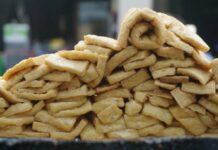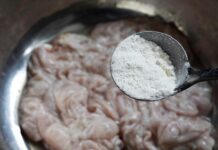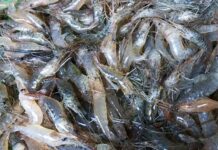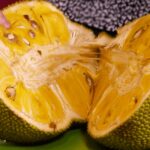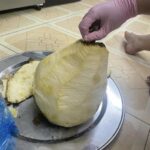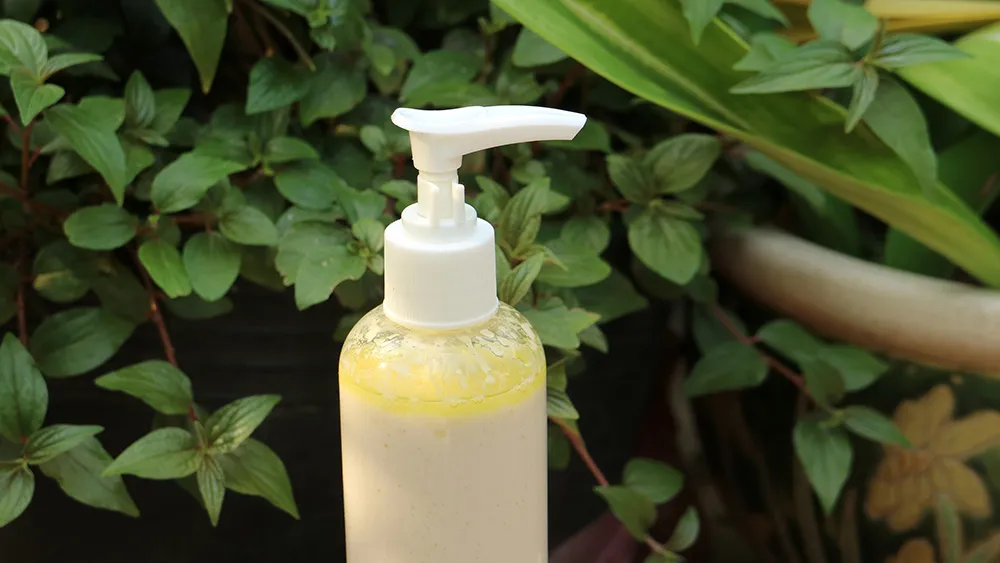In reality, the sap of the jackfruit acts as a protective layer, shielding the fruit from insects and bacteria. However, when eating or cutting the jackfruit, this sap can be quite bothersome, sticking to hands, knives, and even clothing. Without knowing the proper cleaning methods, dealing with it can be incredibly frustrating.
Below are some simple tips to remove jackfruit sap using easily available ingredients like cooking oil, lemon, rice, peanuts, or loofah leaves.
1. Tips for Removing Jackfruit Sap from Hands
While separating jackfruit segments, it’s almost inevitable that your hands will get sticky with sap. Use the following tips to handle it effectively.
– Using Rice:
This is a simple and traditional method. When your hands are covered in jackfruit sap, place them in a container of dry rice and gently rub them together. The fine rice bran will “absorb” the sap from your skin, reducing its stickiness. After a few minutes, rinse your hands with clean water, and the sap will gradually peel off and disappear.
– Using Cooking Oil or Gasoline:
For cooking oil, simply pour a small amount onto your hands and gently rub the affected areas. The oil will dissolve the sticky sap, making it easy to wash off with soap or handwash.
Gasoline works similarly but is more potent. However, when using gasoline, rinse your hands thoroughly multiple times with soap to remove the odor and ensure skin safety.
– Traditional Method with Raw Peanuts:
This is an interesting and widely used method. Chew a few raw peanuts into a paste, then rub it directly onto the sap-covered skin. The oil in peanuts contains components that break down the sap’s adhesive bonds. After a few minutes of gentle rubbing, the sap will start to peel off, leaving your hands clean.
– Using Loofah Leaves:
A fresh loofah leaf can be a lifesaver for sticky hands. Gently soften the leaf by rubbing it, then use it to scrub the sap-covered areas. The sap in the loofah leaf will neutralize and pull out the jackfruit sap. Finally, rinse your hands with water as usual, leaving them clean and free from stickiness.

2. Cleaning Jackfruit Sap from Knives
Preventive Measures Before Cutting Jackfruit:
– Apply Cooking Oil: Before using the knife, spread a thin layer of cooking oil evenly over the blade. This creates a slippery surface, preventing sap from sticking.
– Wrap with Plastic/Cling Film: Another tip is to wrap the knife blade with plastic or cling film before cutting. After cutting, simply remove the wrap, leaving the knife clean.
If the Knife is Already Covered in Sap:
– Use the Freezer: After cutting the jackfruit, rinse the knife briefly and place it in the freezer for about an hour. The cold will harden the sap, and once removed, you can easily scrub it off with a dry cloth or a hard sponge.
– Heat Over a Flame: If you’re short on time, hold the sap-covered blade over a gas flame. The high temperature will melt the sap, which can then be wiped away with a paper towel or dry cloth.
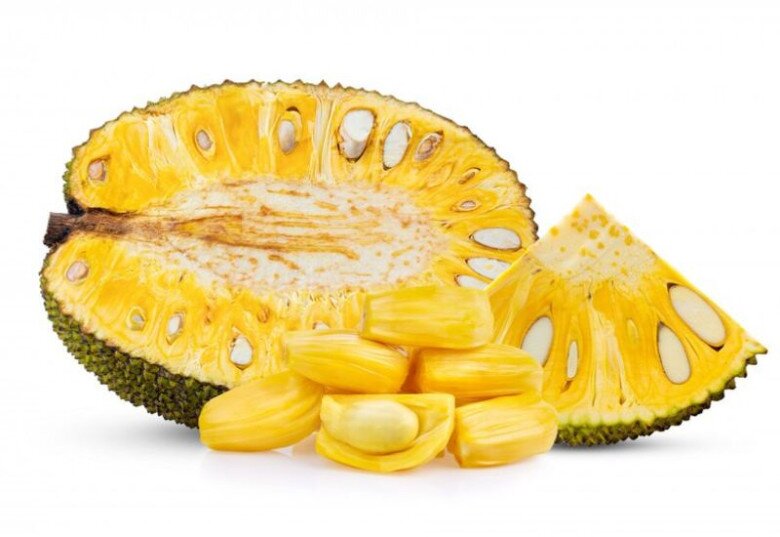
3. Removing Jackfruit Sap from Clothing
If jackfruit sap accidentally gets on your clothes:
Apply fresh lemon juice directly to the stain, let it sit for 15 minutes, then wash as usual.
Alternatively, soak the clothing in a mixture of vinegar, salt, and detergent for 5–10 minutes, then wash with warm water. The sap will dissolve without damaging the fabric.
4. Tips to Minimize Sap Stickiness When Cutting Jackfruit
– Place newspaper, plastic, or cling film under the jackfruit to prevent sap from dripping onto tables or floors.
– Wear gloves before cutting.
– Coat the knife with cooking oil or use a loofah leaf to wipe the cutting surface.
– Wait until the jackfruit is fully ripe before cutting, as greener jackfruits produce more sap.
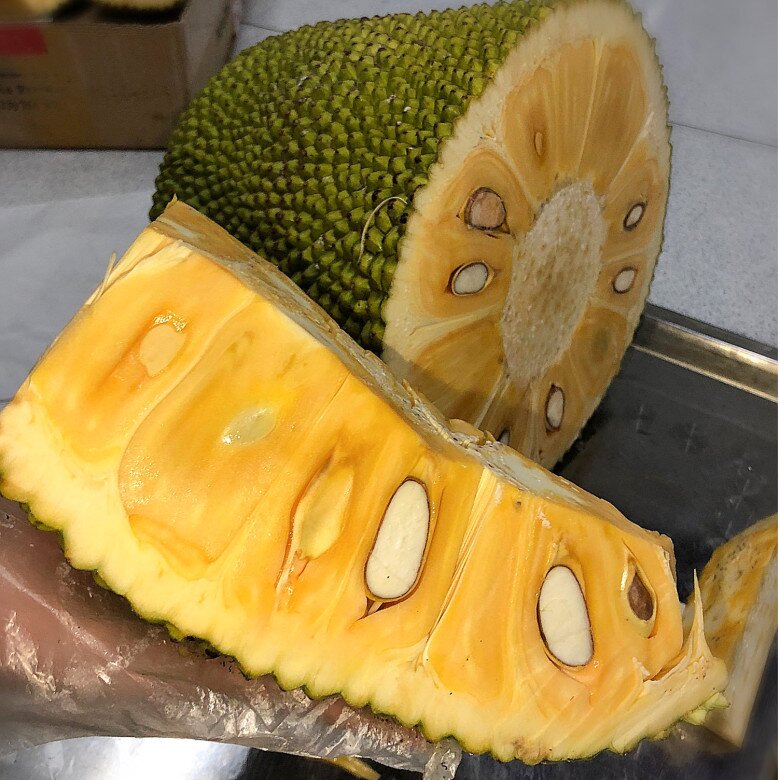
With these tips, enjoying sweet jackfruit segments will be hassle-free, without the annoyance of sticky sap.











